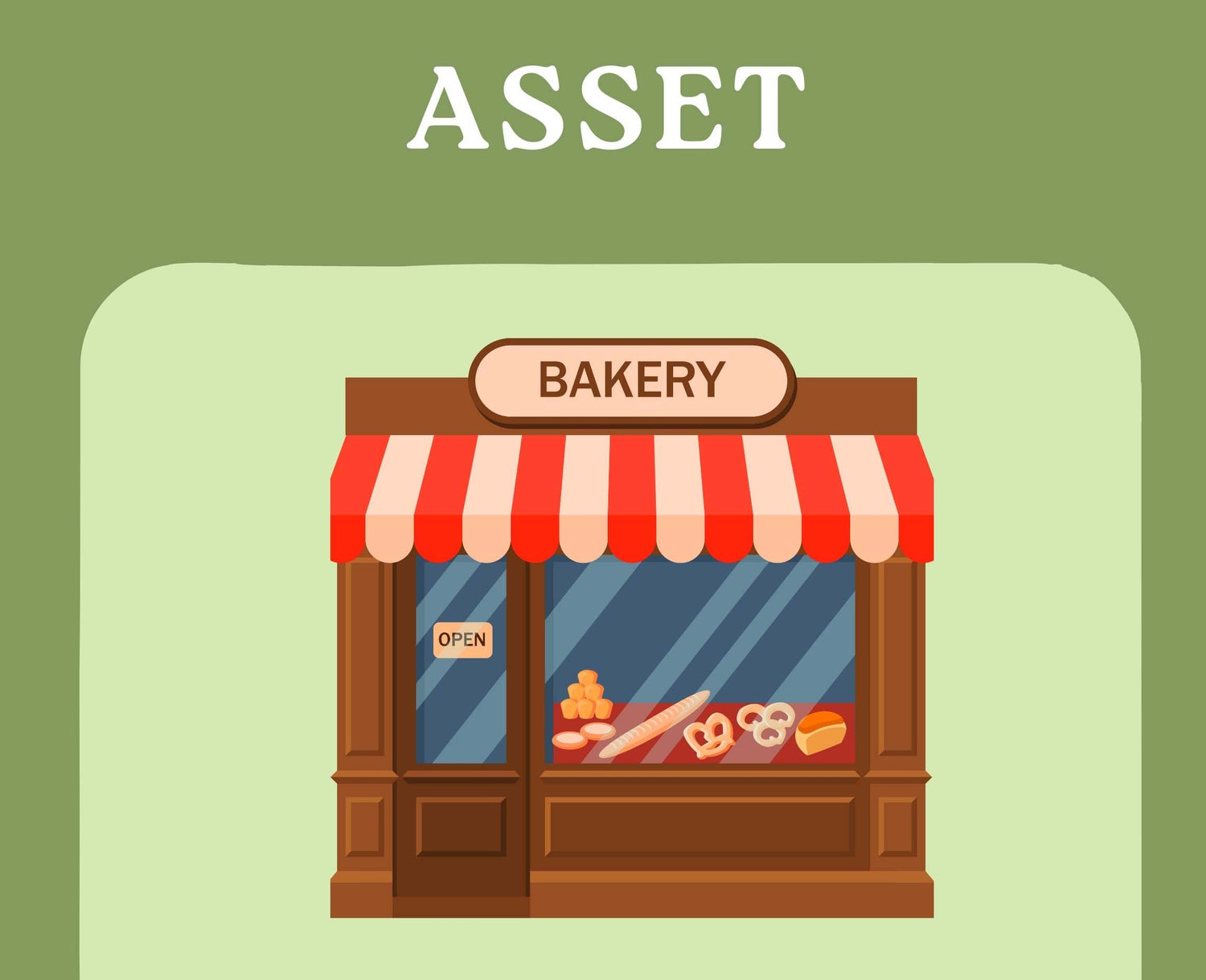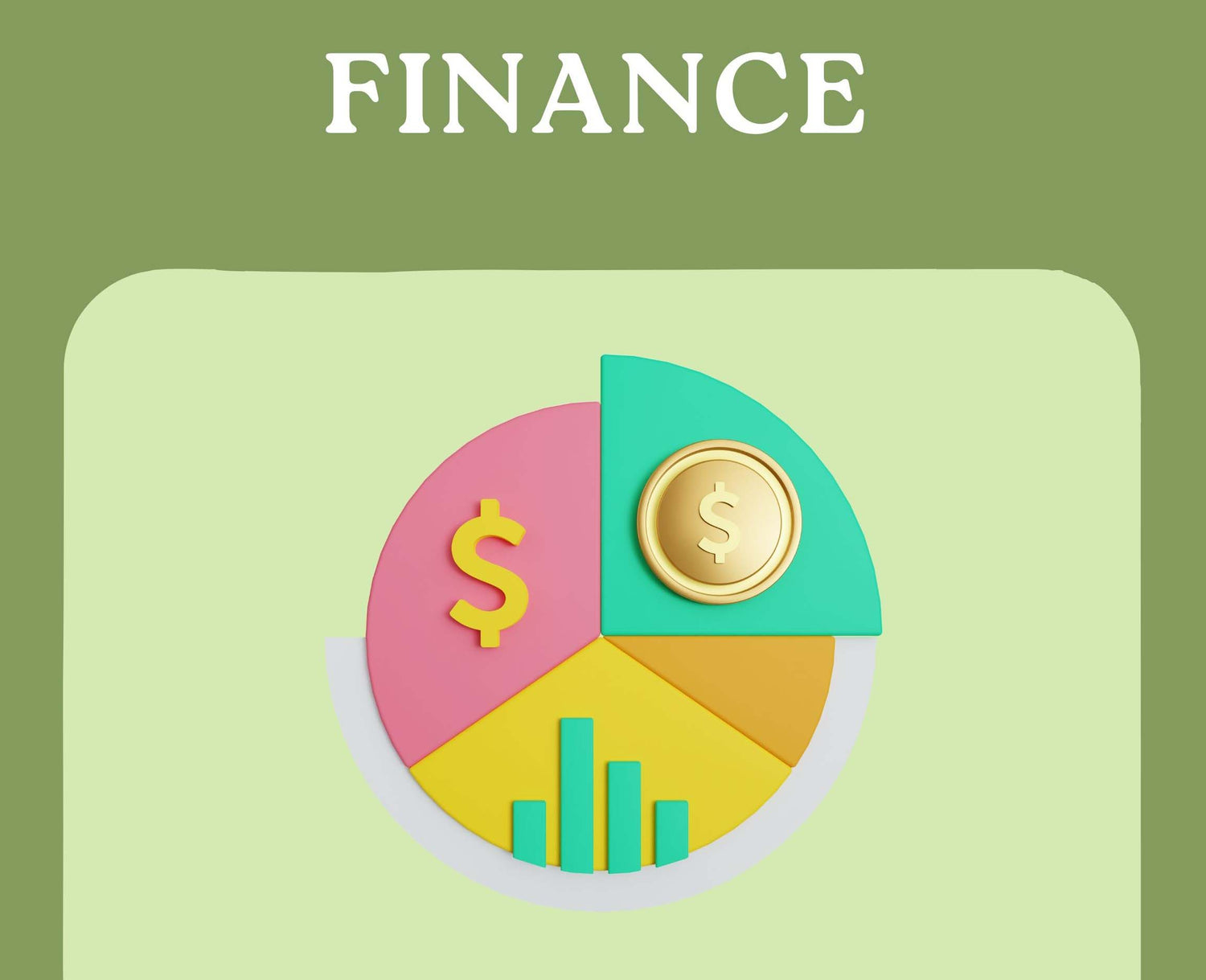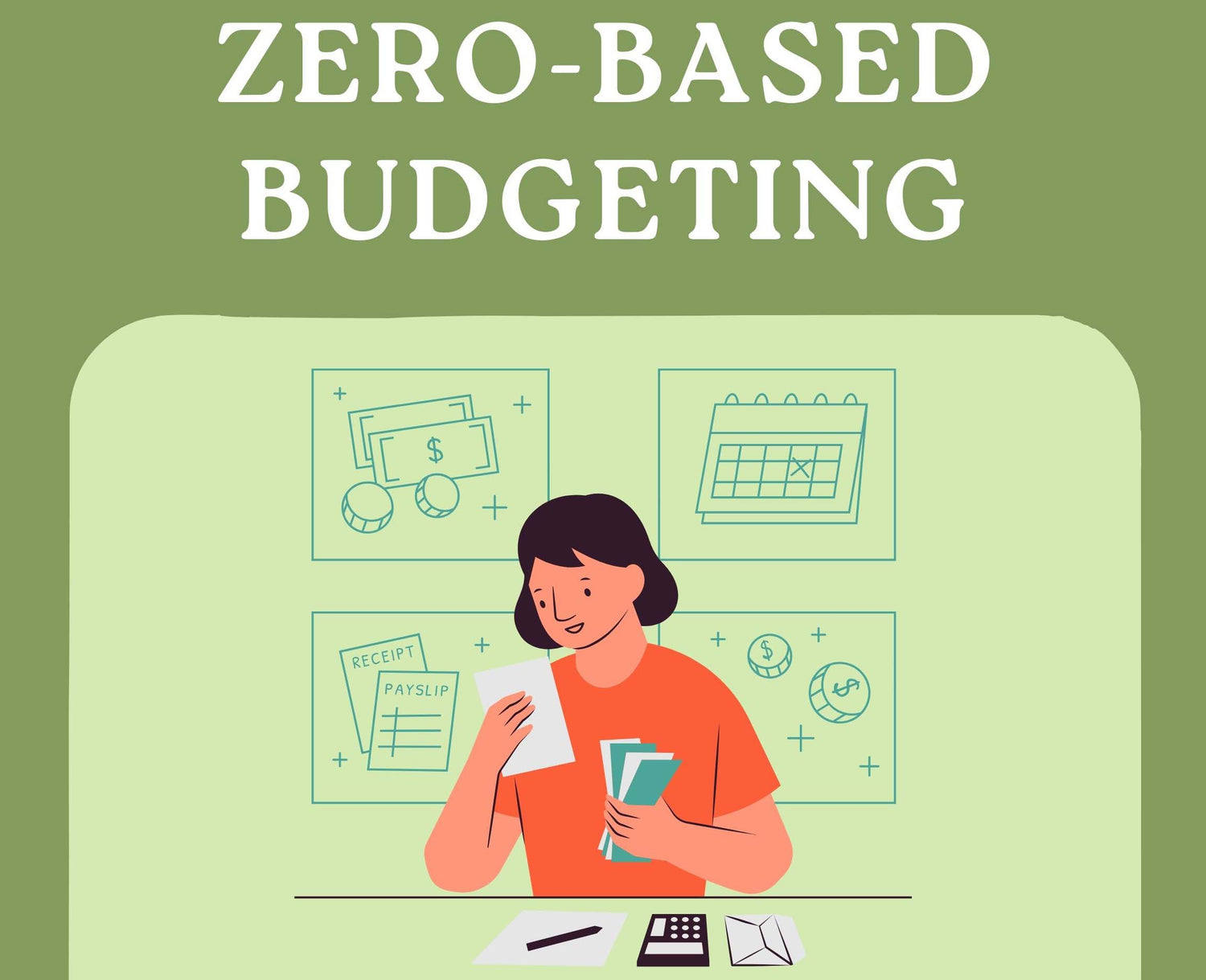
"Help me save a piggy bank from destruction"🙏🏽
Hi, My name is Hommy Diaz Jr. and I'm a 3rd grader. Inflation is no joke and education is expensive, so I'm starting to save and invest for college now. Should I start by putting all my loose change into a piggy bank? I don't think so,
HOMMY DON'T PLAY THAT!
Instead I'm putting my money in a 529 Savings Plan for college. This effort inspired me to create this website to introduce all my friends to the ABC's of finance. And help us get more familiar with the basic terms related to money.
Merch That Inspires Education
Join me on my journey of young entrepreneurship.
HOMMY DON'T PLAY THAT represents the mindset of not allowing anything to stand in the way of your education. All the proceeds from products sold will be invested in my 529 college savings plan. Thank you.
Featured products
-
HDPT Eco Tote Bag
Regular price $29.99 USDRegular priceUnit price / per -
HDPT notebook
Regular price $21.99 USDRegular priceUnit price / per -
HDPT-shirt (Adults/Unisex)
Regular price $28.99 USDRegular priceUnit price / per -
HDPT-shirt (Youth)
Regular price $24.99 USDRegular priceUnit price / per
The ABC's of Finance

A is for Asset
Something you invest in that makes you money.

B is for Banking
You put your money in a safe place instead of your wallet.

C is for Credit
Bank loans you money and you use your money to pay back the bank at the end of every month.

D is for Dividends
Receiving some of the gains from stock in a company.

E is for Equity
Owning part of a business.

F is for Finance
Managing your resources (ex. money, businesses, credit, investments, contracts, etc.).

G is for Gains
Increases in your resources.

H is for Habits
Practicing positive financial behaviors over time.

I is for Investments
Money that is put into a business or property for the purpose of generating a profit or income.

J is for Joint Account
An account in the name of two or more individuals that can withdraw or add funds.

K is for Keogh Plan
A retirement plan for individuals that are self-employed with tax benefits.

L is for Liability
Something that creates a debt.

M is for Money
Something that is of mutual value that can be exchanged for goods and services.

N is for Net Worth
Assets minus liabilities.

O is for Origination
How a bank reviews applications for financial products.

P is for Profit
Money made by a business after expenses and overhead cost are paid.

Q is for Quota
Something that is expected from an individual or a group of people.

R is for Risk
The possibility of an investment not performing as expected.

S is for Savings
Putting money in an account for it to accumulate over time and is usually associated with a bank.

T is for Taxes
Money paid to the government at the City, State, and Federal levels.

U is for Unsecured
Credit that is not supported by assets and is more risky to a lender.

V is for Valuation
Determining the value of an asset or business.

W is for Wages
Money that you receive after working at a job.

X is for Xenocurrency
Financial instruments that are traded outside of their original markets.

Y is for Yield
Money from an investment measured over a specific period of time.

Z is for Zero-Based Budgeting
Determining how every dollar in an individual's budget should be used every month.








